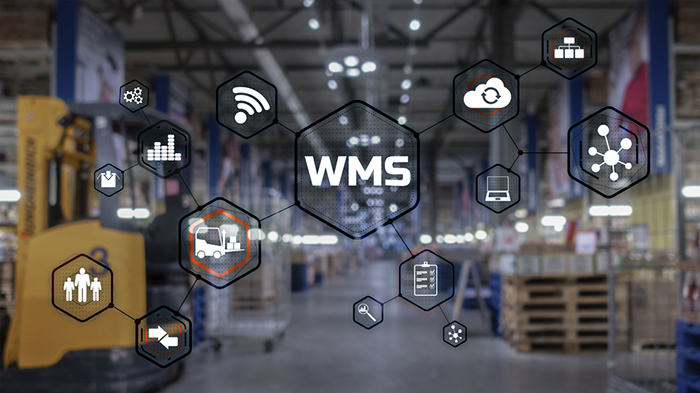
What is a WMS – Warehouse Management System?
What is a WMS? A warehouse management system is a software tool that focuses on the inventory movement in a warehouse. It helps you manage every aspect of your warehouse operations, from inventory movement to order fulfillment, ensuring accuracy and efficiency. By incorporating advanced technologies like barcoding, QR coding, and RFID, Warehouse Management Software helps you seamlessly track item quantities, their movement, and locations in the warehouse and validate the items needed for various business processes.
In this blog post, we’ll explore the six main features of WMS software: receiving, moving, order picking, packing, shipping, and inventory counting. We’ll also break down how each feature can transform your warehouse management processes into a smooth, integrated system.
Warehouse Management Process Overview
If you’re wondering what a WMS is and what it entails, here’s a high-level overview of the process. We’ll go into more detail about each of these features in future blogs.
-
Receiving
This is the process of bringing inventory into the warehouse. The receiving process is typically linked to a purchase order (PO), allowing you to track and confirm that all purchased items have been properly received and accounted for in your warehouse management system.
-
Moving
This is taking warehouse inventory from one warehouse location to another. It should be tracked so you can find your inventory quickly. Some common types of movement are put-aways of recently received items, replenishment of floor locations from bulk locations, and simple relocations of goods from one location to another.
-
Order Picking
When a business receives an order, the warehouse retrieves the items on the order and takes them to a packing location. Some forms of order picking are paper vs. paperless, voice picking, pick to light, robot-assisted, and more. Understanding this process is a critical part of learning what a WMS is.
-
Packing
This takes the picked order and prepares it for shipping. The type of order and shipping method vary. Packing involves consolidating picked items into boxes, crates, or pallets, ensuring that items are organized and well-protected for transport. It also entails preparing all necessary paperwork, such as shipping labels, manifests, BOLs, and other required documentation to ensure timely and accurate delivery to the end customer.
-
Shipping
Some shipping methods include parcel (e.g. UPS), third-party ground freight, less-than-load (LTL), and full truckload (FTL). Warehouse Management Systems have varying levels of involvement in this process. At the very least, it should track when your packed orders are shipped. To maximize efficiency, it’s essential to understand what a WMS is and how its integration helps streamline shipping operations.
-
Inventory Count
This is the process of counting the items you have in inventory and reconciling them against what you thought you had. With a WMS, this warehouse management process should be automated. One popular inventory counting method is called Inventory Cycle Count. With this method, random subsections of your inventory are selected to be counted for accuracy spot checks. We like to incorporate inventory cycle counting during other processes like moves to make the process automatic and smooth.
If you still have questions about what warehouse management software (WMS) is , our experts are here to help you. Call us at 561-613-5693 to discuss or learn about our systems.
